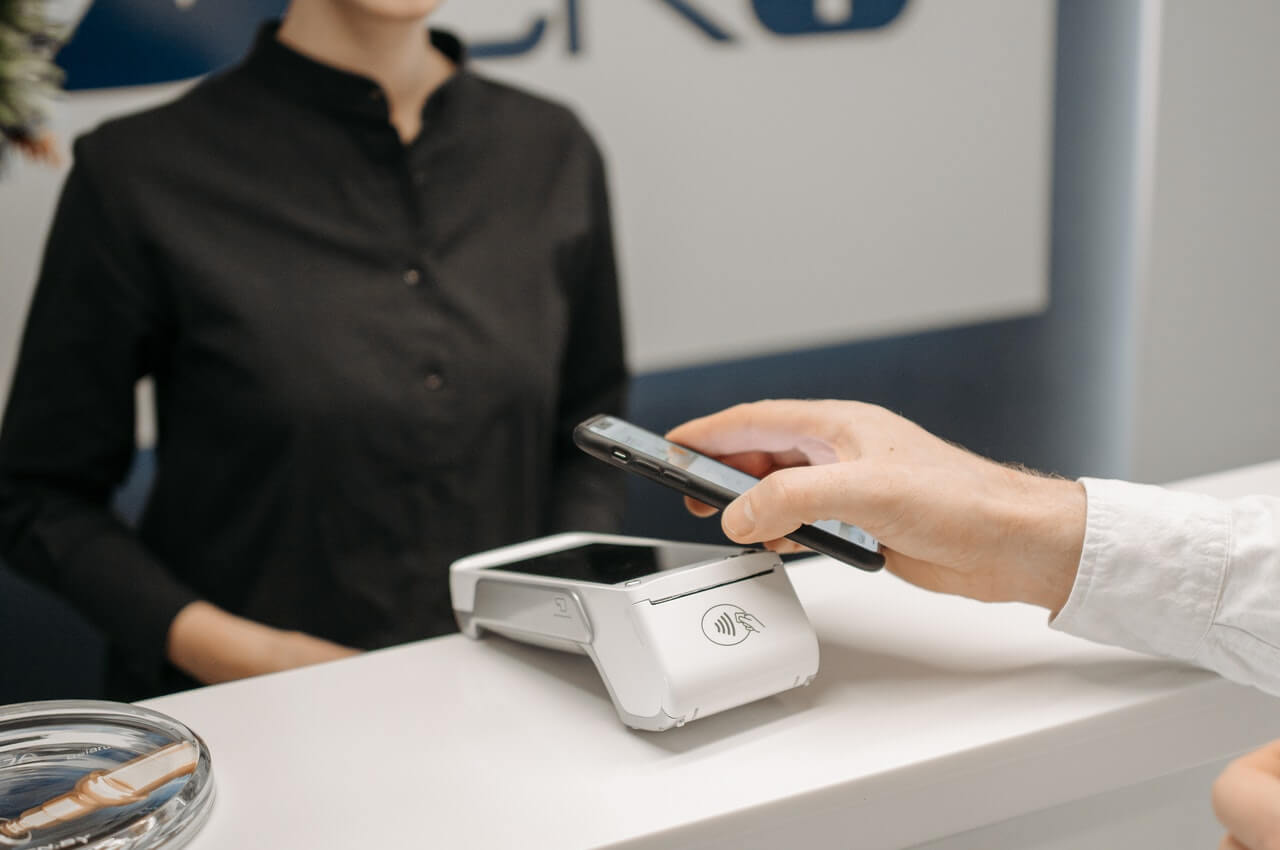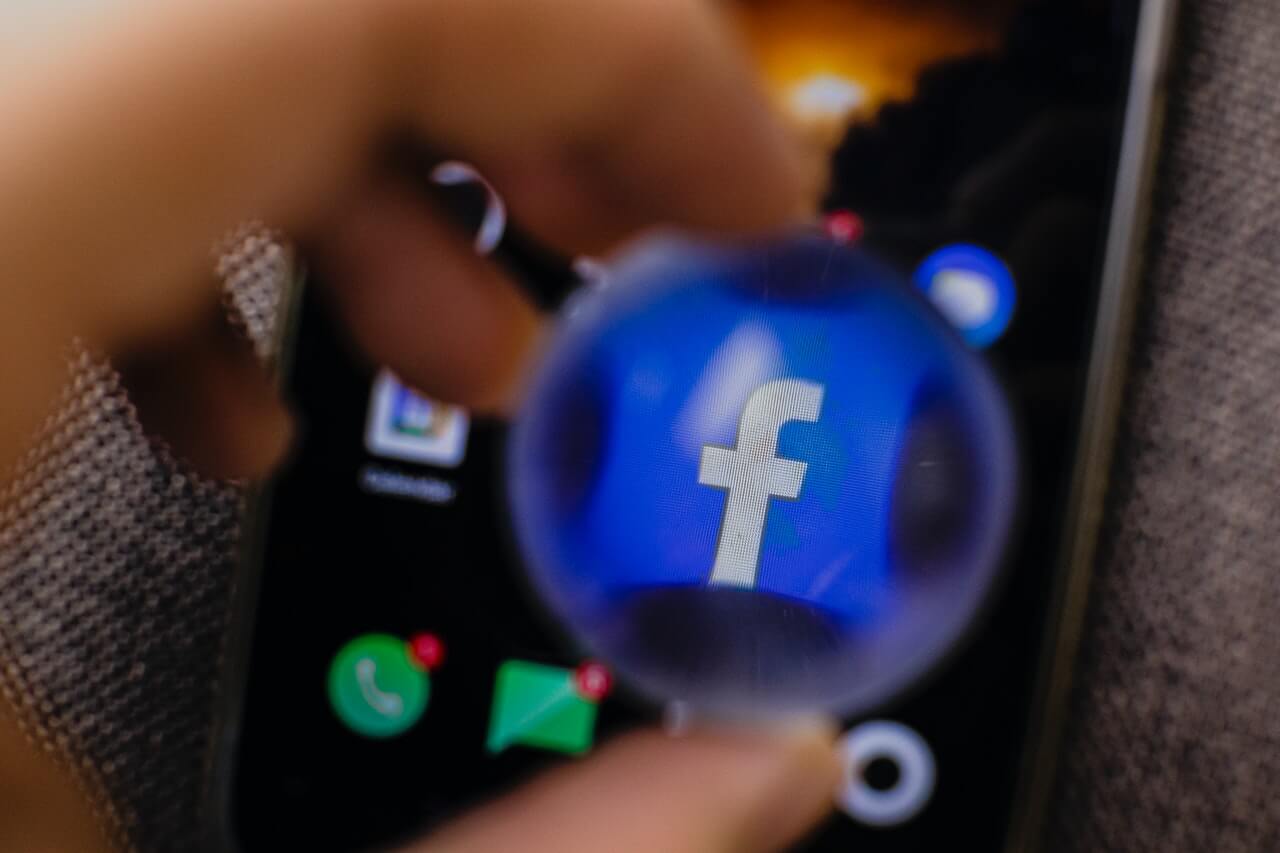After some $40 million was raised in $10 gifts through cell phones for the Haiti earthquake response in January, 2010, every nonprofit had dreams of cell phones as mobile donation machines. Even for the Red Cross, those dreams seem to have evaporated.
However, mobile use among Americans has increased dramatically. It’s probably true that among the most passionate, most connected, most generous and successful Americans, smartphone use is even more ubiquitous. What are the implications for nonprofits, most of whom haven’t mastered the internet yet? Here are some thoughts gathered at the Direct Marketing Association’s recent Mobile Marketing Day:
- Text-to-give is NOT a significant part of fundraising.
- Most smartphone users view much of their email on their phones, so make sure your email messages will render nicely on Apple and Android devices.
- Every page on your website should be optimized for mobile browsers; otherwise, if donors click once and get garbage, they’re not likely to click again from their cell phones.
- Mobile is ideal for getting special event attendees to connect with you in a way that will let you continue the conversation after the event.
- QR codes let mobile users connect with you after seeing something in print, either at an event, in a publication, or on outdoor or transit media, even your direct mail letter.
- Ask for mobile numbers (but don’t require it) on your donation form and newsletter signup form. If you can associate numbers with donors, you can track the impact of mobile communications, and you can reach out to donors via phone when their mail and email start bouncing.
- Mobile users can give via their credit cards on a mobile-optimized donation form. Those gifts tend to be as much as 30% smaller than web page gifts sent from a laptop or desktop computer (but that means they’re 70% larger than the gift you wouldn’t get without such a page)
- One organization indicated that up to ten percent of cell phone area codes do not match up with the supporter’s zip code, meaning that many people keep their old cell number even when they move.
- If you believe in the future of mobile communications, get your own short code — the 5-digit numbers to which you can send a text message instead of having to enter a full 10-digit phone number. Don’t settle for a shared short code.
- Apps are expensive and generally not productive unless you have killer content (think National Geographic).
Since the future of mobile is growing, it pays to recognize its potential for your organization, choose one area where you think mobile can be effective for your organization and get started. Your learning curve can match up with the growth of this channel.
More questions about mobile fundraising? Send me an email!
=-=-=-=-=-=-=-=-=-=-=-=-=-=
Rick Christ has been helping nonprofit organizations use the internet for fundraising, communications and advocacy since 2009, and has been a frequent writer on the subject. He delights in your questions and arguments. Please contact him at: [email protected] or at his LinkedIn Page
=-=-=-=-=-=-=-=-=-=-=-=-=-=
If you would like to comment/expand on the above, or would just like to offer your thoughts on the subject of this posting, we encourage you to “Leave a Reply” at the bottom of this page, click on the feedback link at the top of the page, or send an email to the author of this posting.












